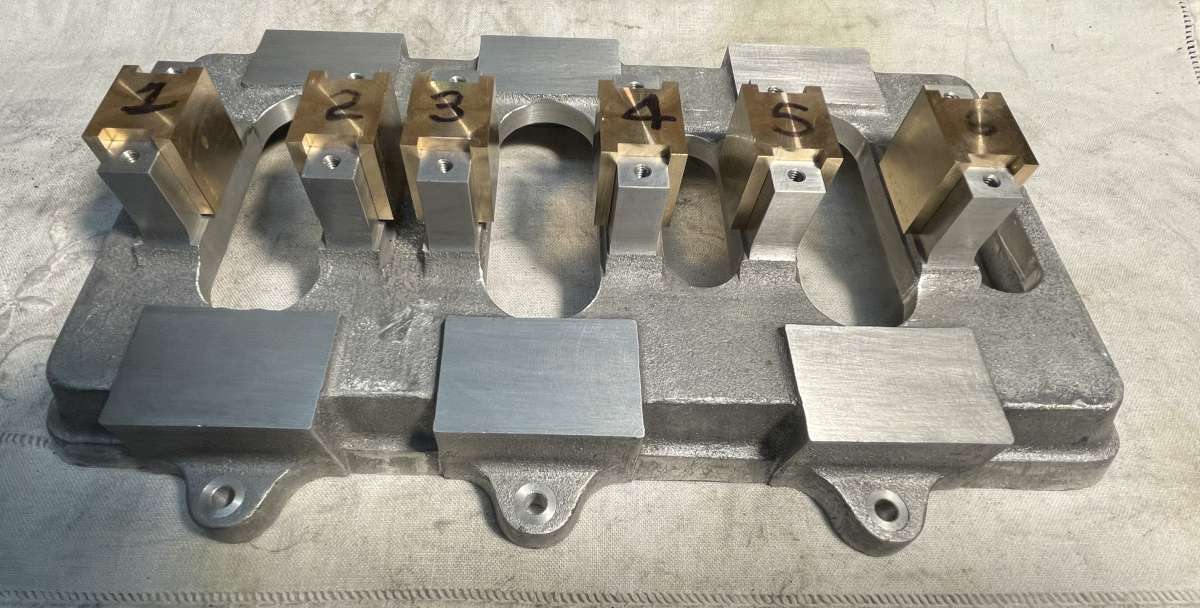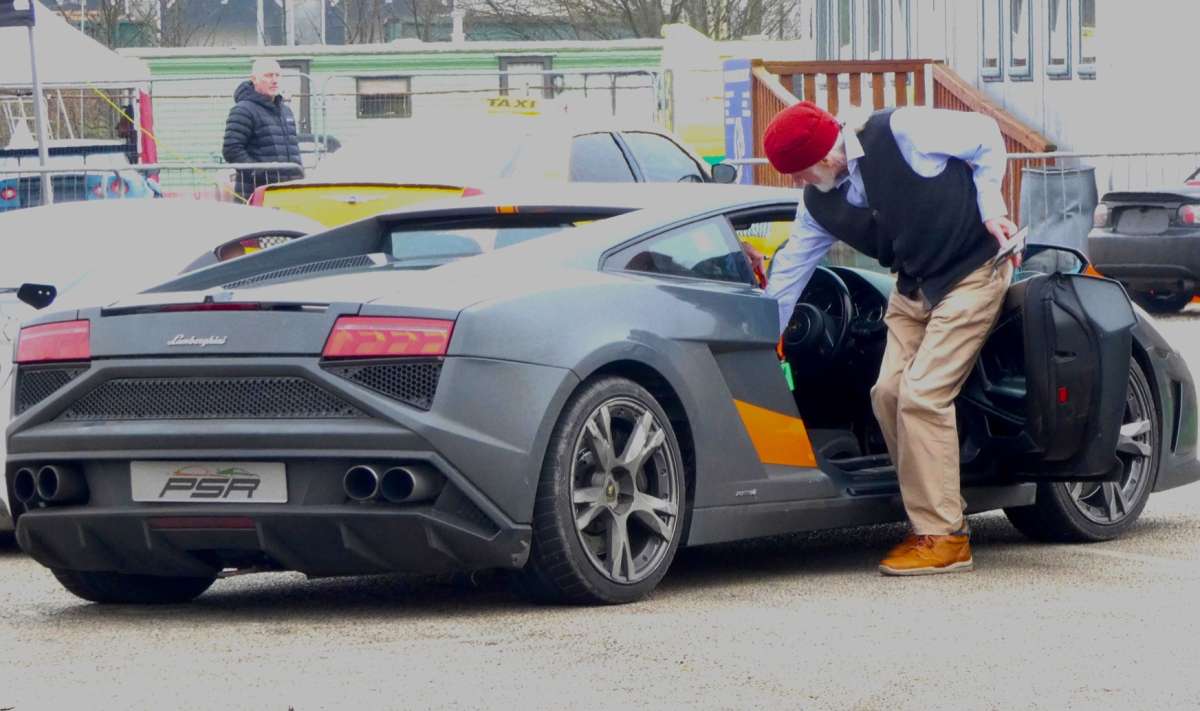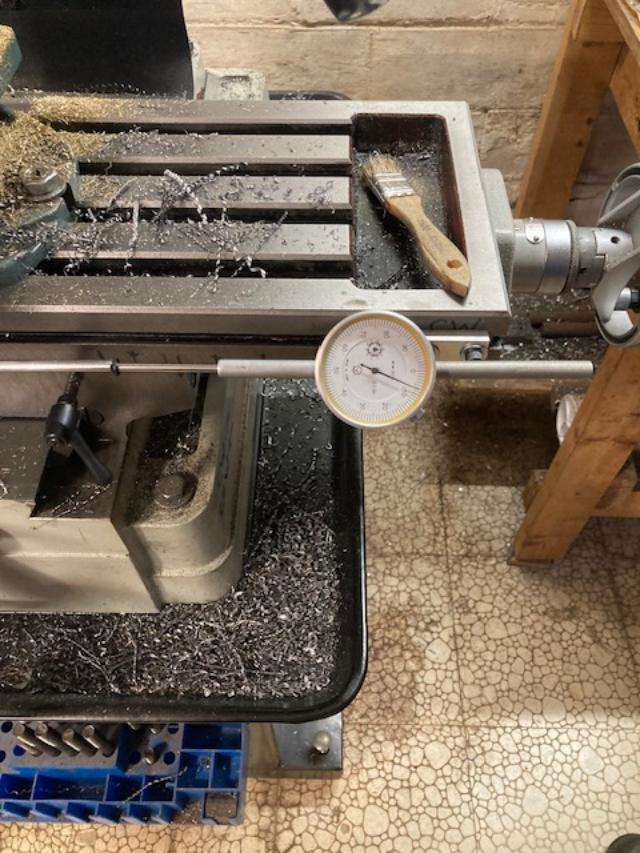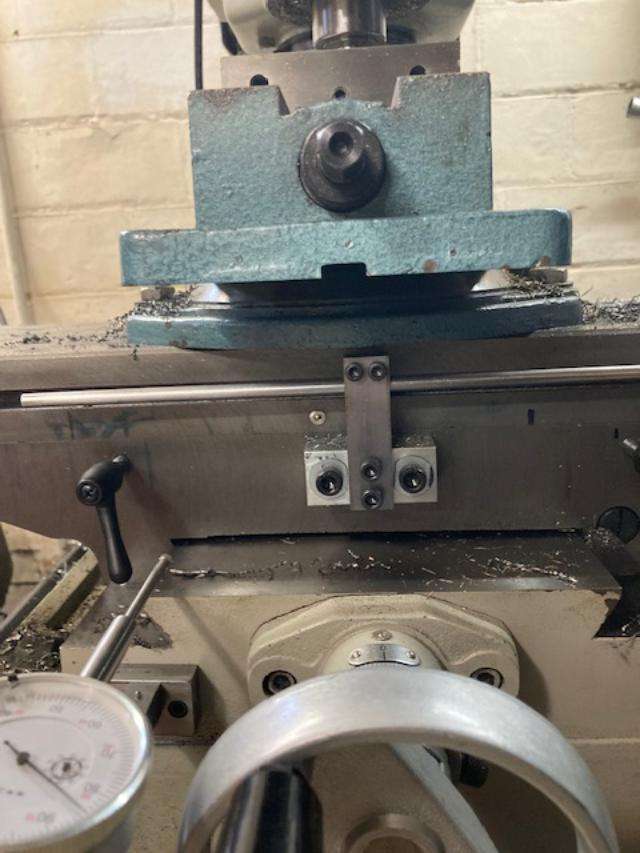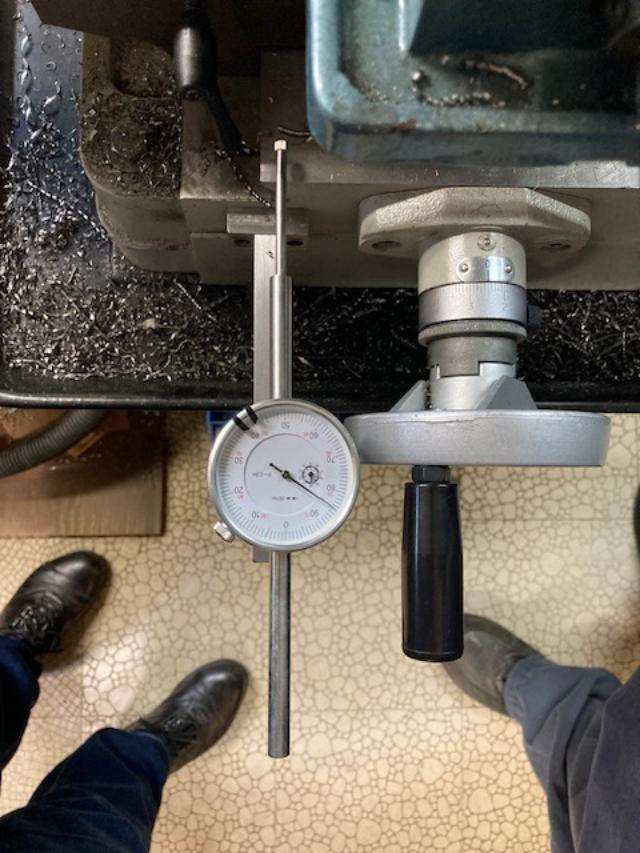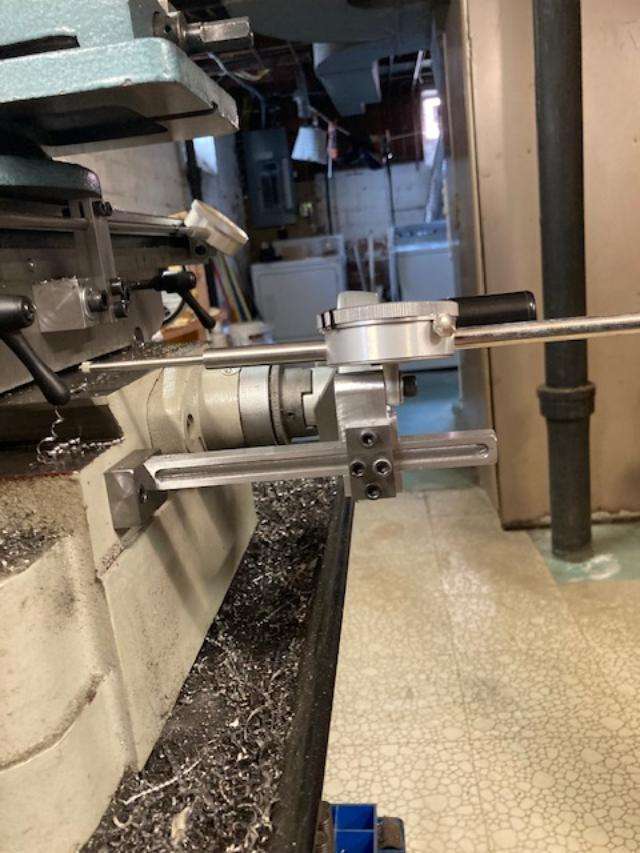Reported, blocked and deleted three attack attempts by the same scum, but of an unusual type (of attack, not scum… those are all alike and not unusual!). E-posts from curious addresses ending in “de” and “ca”, notifying me of voice-messages, please press here… allegedly. Voice messages on a PC? Perhaps the gang thought I use a “smart”-‘phone for the Internet.
…..
Then hied hence I unto the club for demonstrations of 3D printers by two members; one using plastic filament, the other liquid resin.
The latter is a sort of photographic process, as each extremely thin layer is cured by UV light from the image on a screen under the resin bath.The completed print is then washed in water to remove the residual water-soluble, plant-based resin; and finish-cured in a small UV version of a microwave oven. A yellow acrylic cover protects the resin from external UV light while allowing the operation to be watched.
The owner of the filament machine said it uses ‘G’-code, which I’d long known (though never used) is used for CNC machine-tools but I’d not realised its obvious application here. He was printing name-plates and some accessories for a game belonging to his young daughters. Talking about printing times of hours, for large work, he said they could leave it and go out, able to monitor and if necessary pause progress remotely via his ‘phone.
The other resin-printed a batch of name-plates with the club’s initials, showed 16mm-scale, narrow-gauge outline, railway rolling-stock he’d made earlier by both filament and resin methods – and finished by making of all things, several “guz-unders” for carriages to the same scale!
These, in case one is wondering how large is a 16mm-scale chamber-pot, are about 8mm dia. However they also showed the fine detail this technique allows, in that the tiny handles are loops, not simply discs.
His lap-top showed a sample carriage compartment, his own work, drawn in the printer’s CAD system, but both demonstrators pointed out one of their sources of images for 3D-printing use, is a www-site called “Thingiverse” (or similar – I might have misquoted or misspelled it slightly).
It was very interesting and informative evening, and we were all impressed by what can be achieved with these systems.
….
Incidentally one of those members has also rescued a locomotive…
Well, actually, a solid resin-cast model of an LNER-style Pacific, A3 perhaps, very roughly 3.5″ gauge.
It had graced a garden in Weymouth Hospital grounds. I encountered it first when attending a Covid vaccination clinic in an adjacent building. It stood on wood-and-slate track on a low wall, under a “Waterloo – Weymouth” banner. An LNER loco on SR rails?
It seems the area is being rebuilt, the ivy-marked locomotive would have been merely thrown away as no longer wanted and our member, an NHS employee, was allowed to take it away. He says his daughters are going to refurbish it. (The garden may been the work of the League of Friends, but they have basically been banished.)
I do not know who made these models but I think I have seen one other, in a private garden. I did photograph it in the hospital grounds when there for an appointment, but my PC cannot read the ‘phone!
Dalboy.


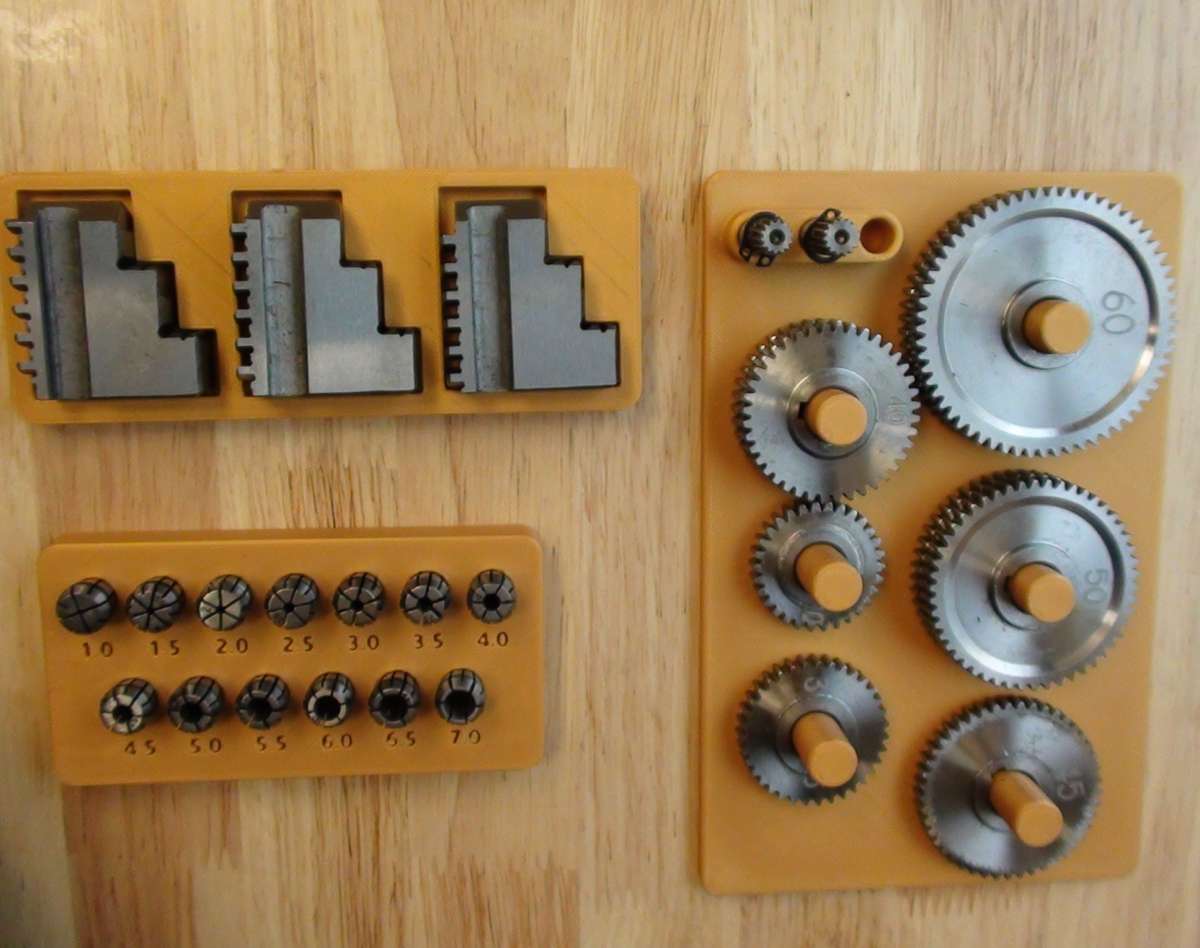
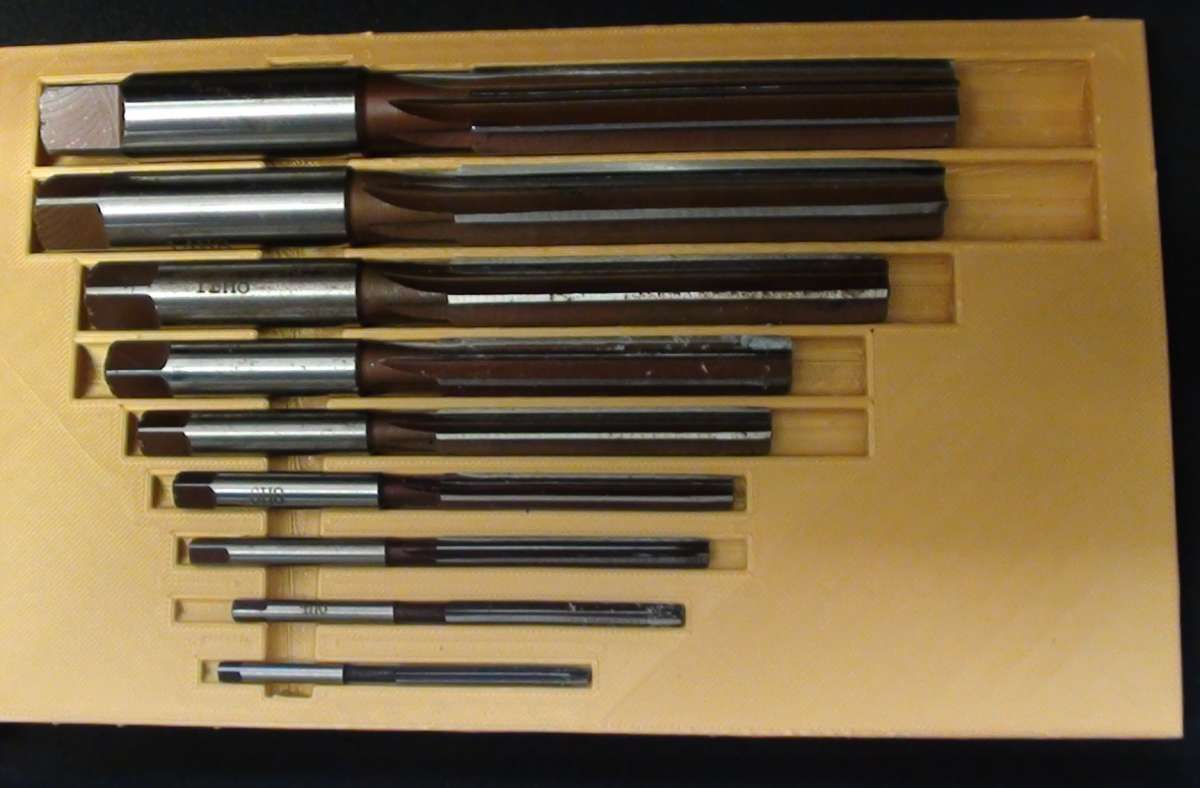
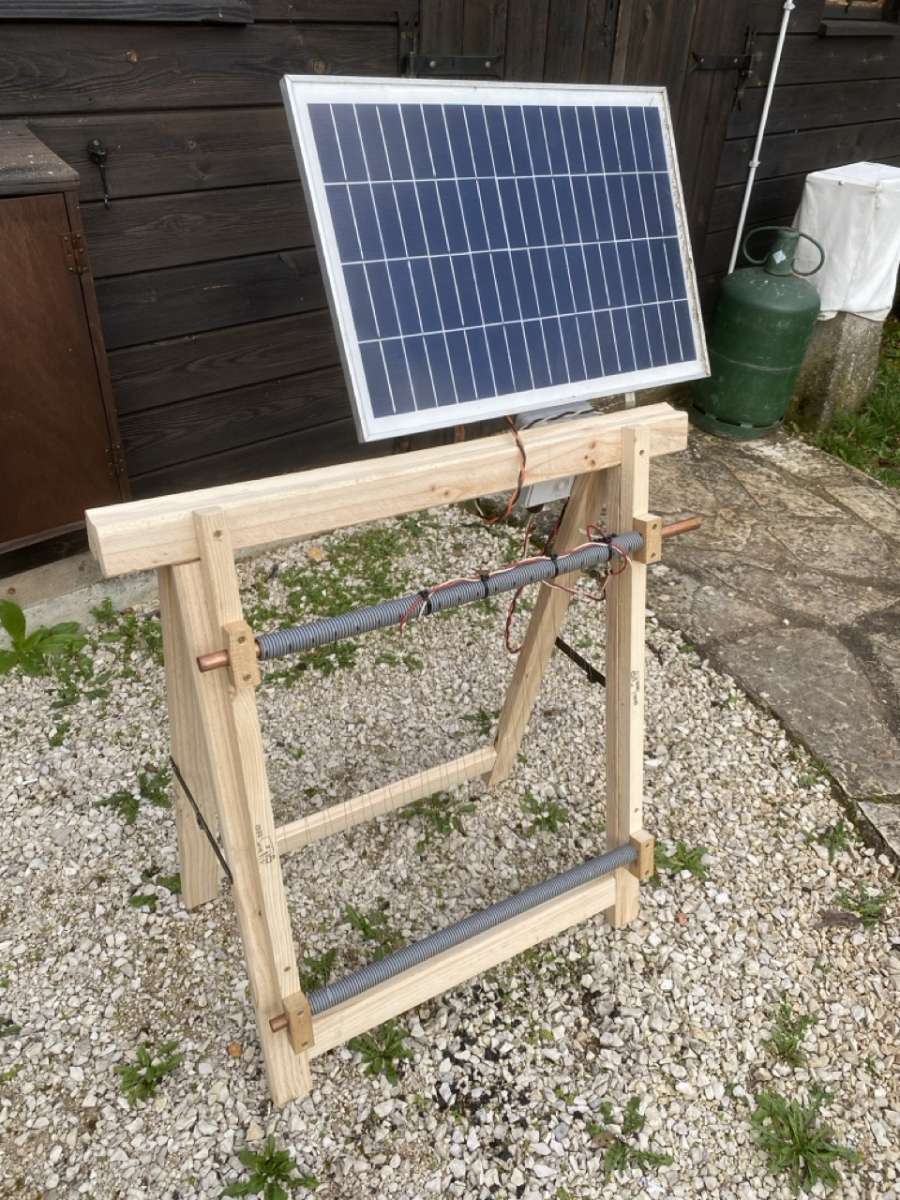
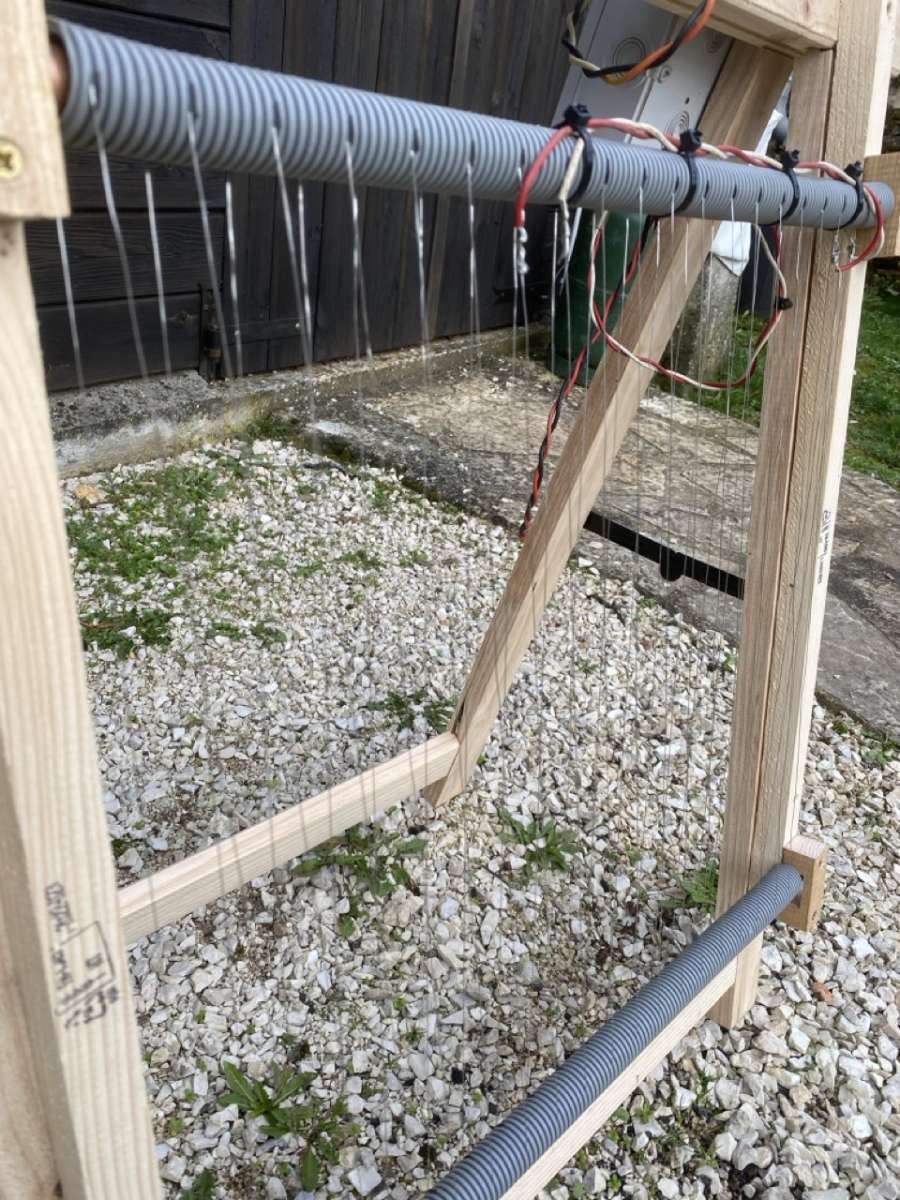
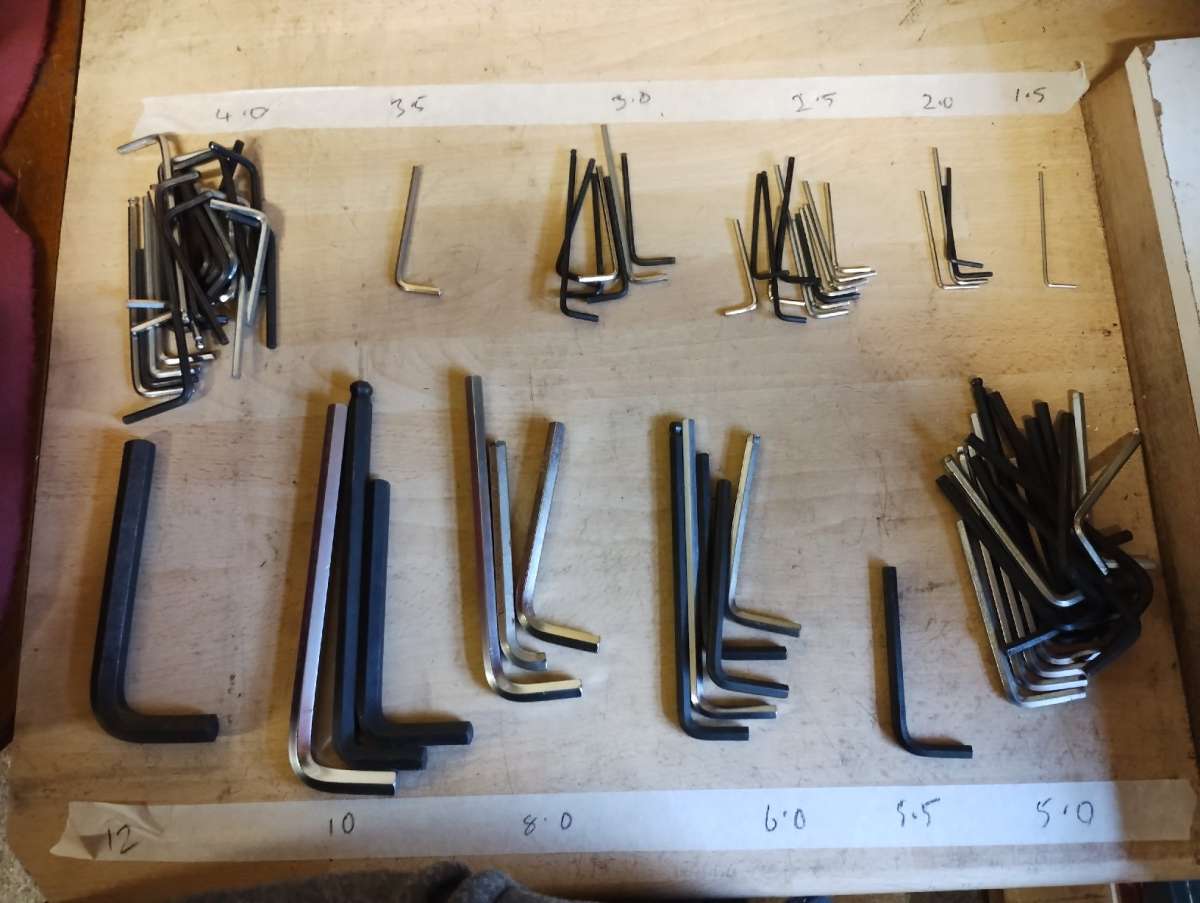
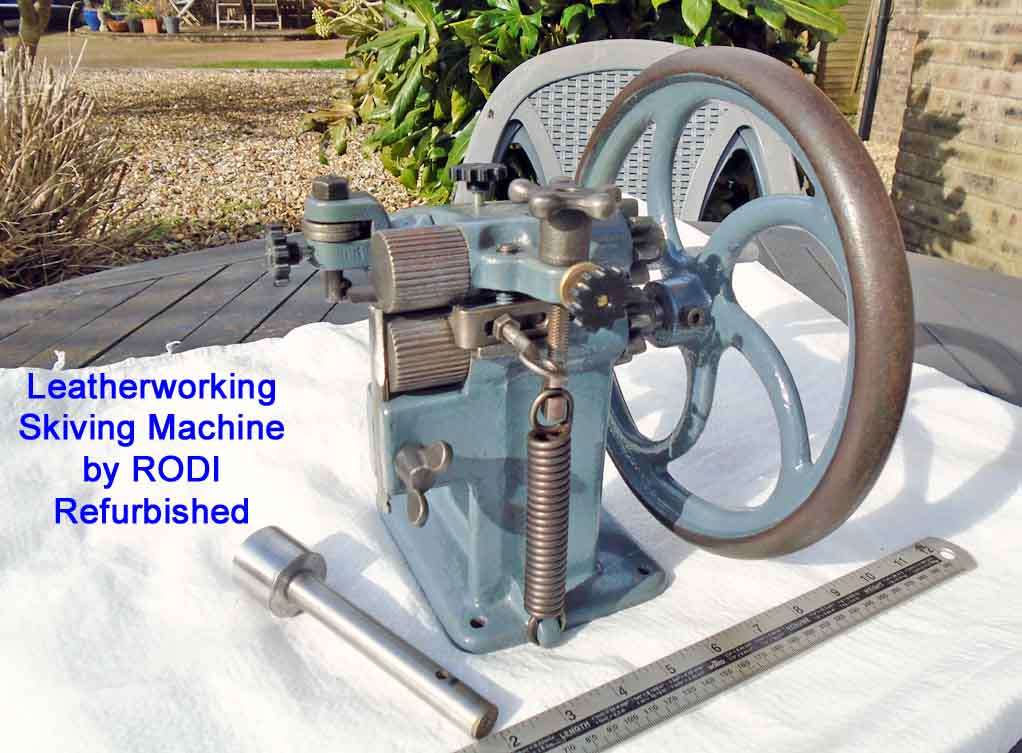
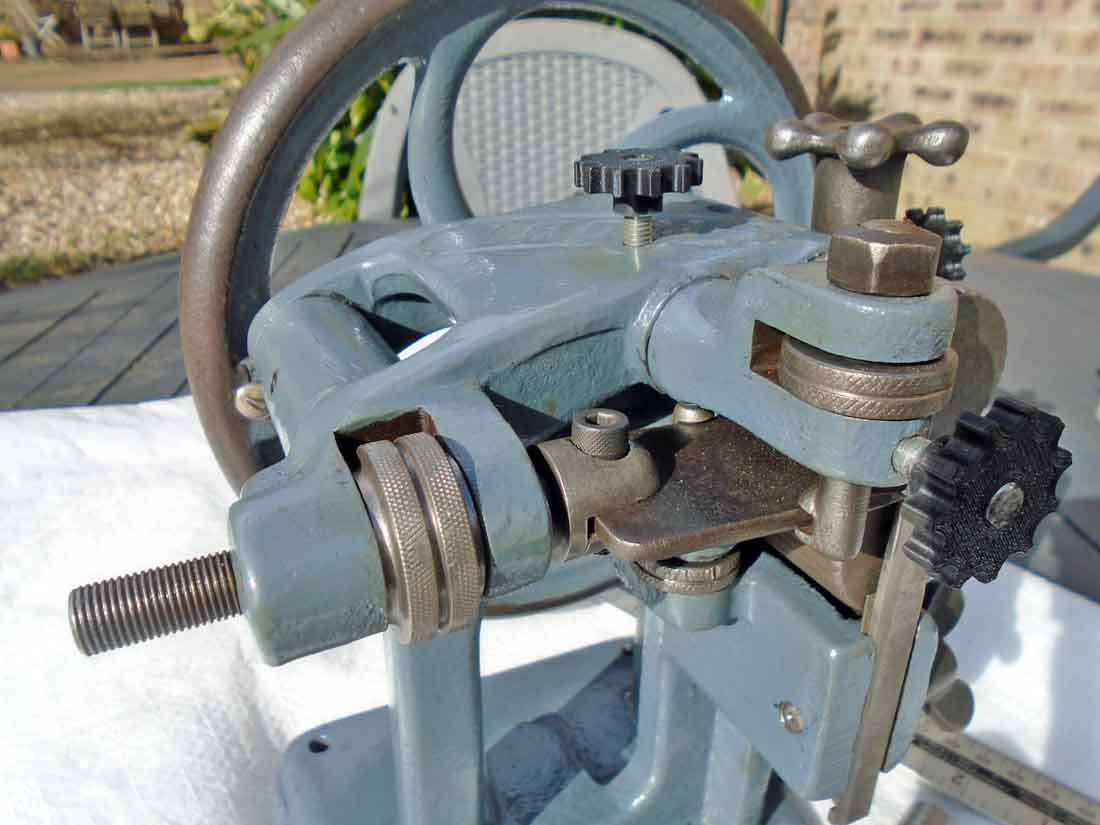
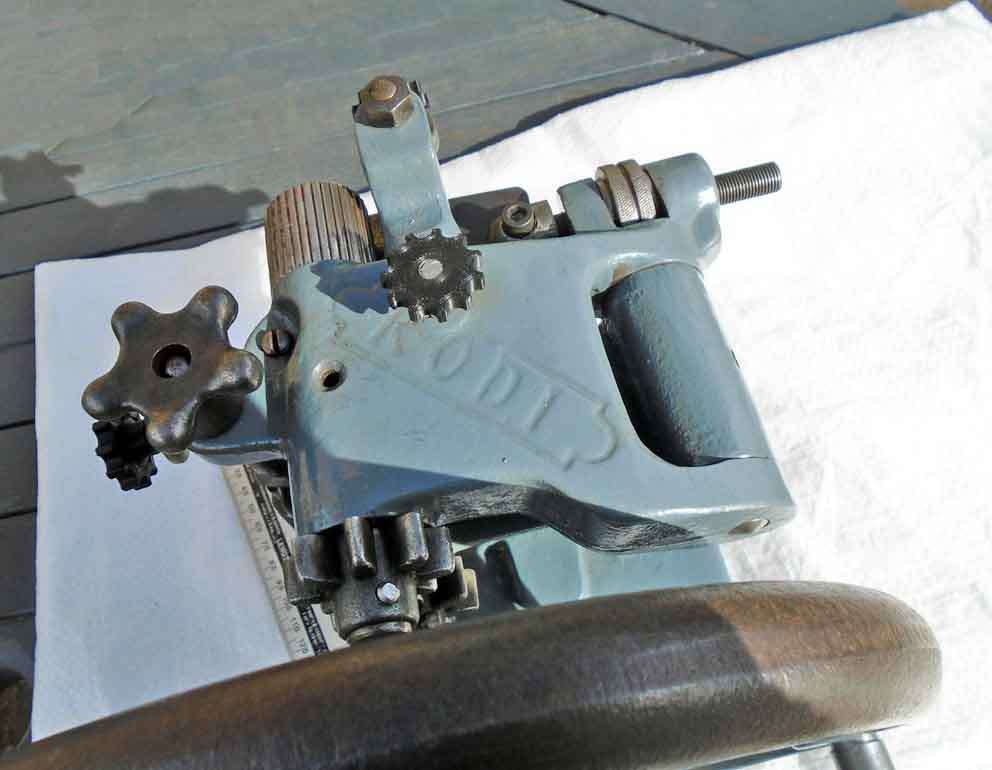
 .
.
